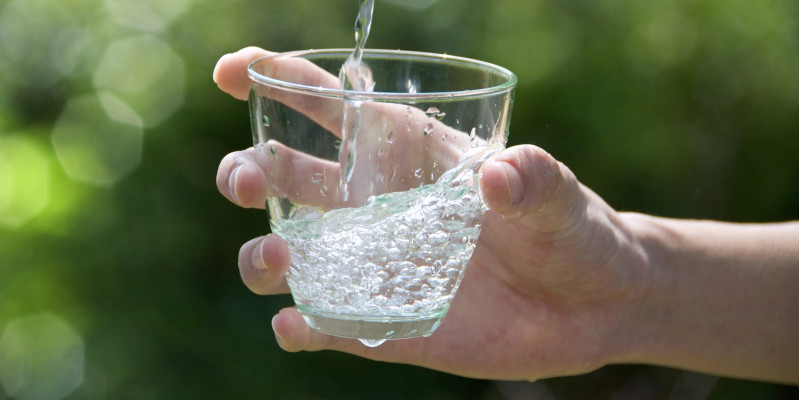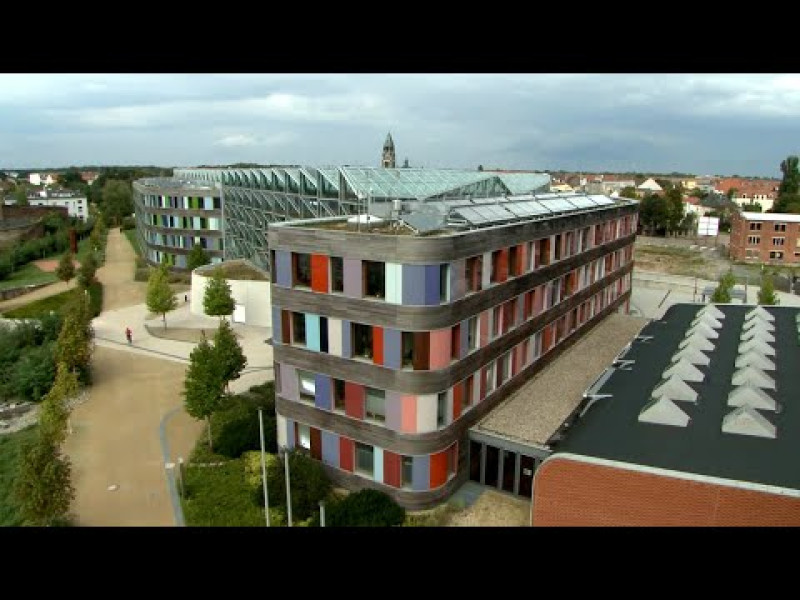UBA's President Maria Krautzberger said: "The new provisions in the Fertiliser Ordinance introduce long overdue steps which will hopefully reduce contamination enough to prevent water consumers from absorbing the costs of expensive treatment. Rigorous enforcement is crucial as is more monitoring in the affected regions. If contamination is not reduced, additional and more stringent requirements will have to apply for agriculture."
Nitrogen levels in the groundwater are often too high in particular in regions where intensive agriculture is practiced. This is because of the slurry and manure from mass livestock production which is spread on fields and because of mineral fertilisers where, for example, fruit and vegetables are grown. Water utilities are of course taking various measures to protect water including leasing the overlying surface areas themselves, moving wells or mixing pure water with the contaminated. The costs of these measures are already being incorporated into the price of drinking water.
However, in future such measures will not be enough in highly contaminated regions to keep nitrate levels in drinking water down. The UBA report supports this with data provided through the cooperation of the three large water utilities OOWV (Oldenburgisch-Ostfriesischer Wasserverband), Rheinenergie and RWW (Rheinisch-Westfälische Wasserwerksgesellschaft). It concludes that in some areas it might soon be the case that water must undergo additional treatment. There are various processes to remove the nitrates including electrodialysis, reverse osmosis, biological denitrification, or the CARIX process. The choice of a treatment process is largely determined by local factors such as water hardness or the necessity for pre- and post-treatment. The total costs of purification depend on the type of process employed and the specific local pollution, the nitrate target value to be achieved, and the amount of water to be treated. In any event, these processes mean additional costs for water consumers, which add up to 76 cents per cubic metre. In effect, consumers have to pay for the overfertilisation in their region.
The study also calculates how much the total cost of decreasing the nitrate in Germany's groundwater could be: it ranges between €580 million and €767 million per year. To compare: the measures included in the amended Fertiliser Ordinance are claimed by the Land ministry of economic affairs to be up to €111.7 million per year; in other words, a fraction of what affected water customers would have to pay. All of which goes to show again that prevention is better than cure. The above measures will not only help to cut nitrate inputs and the costs of water treatment, but will even have many positive effects on the environment such as the conservation of biodiversity.
Amendments to fertilisers legislation concern the Fertiliser Act, the planned introduction of legislation on material flows, and the Fertilisers Ordinance which was comprehensively revised in long-term process and finally adopted in spring 2017.
 Click to enlarge
Click to enlarge
